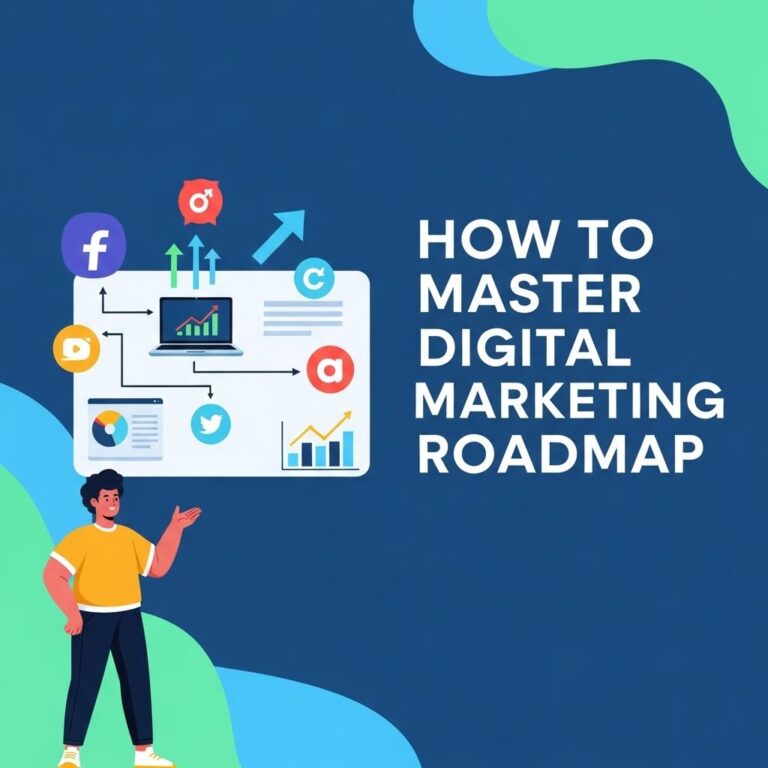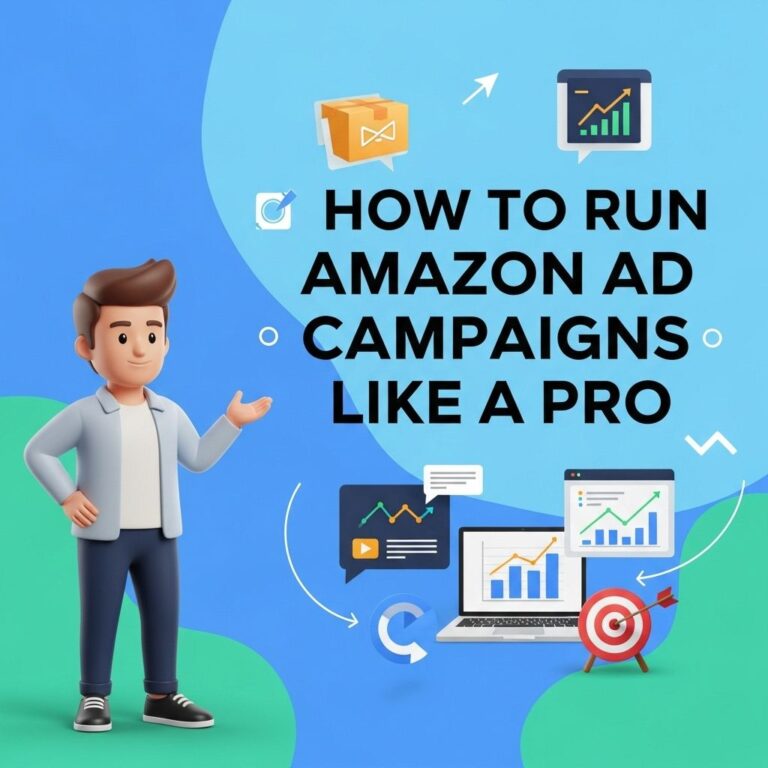In the rapidly evolving world of technology, artificial intelligence (AI) has permeated almost every industry, including design. As 2025 approaches, it is crucial for designers, entrepreneurs, and businesses to harness the power of AI design prompts to maximize their earnings. This article delves into the innovative ways AI can be leveraged for creative design, marketing strategies, and ultimately, revenue generation.
Table of Contents
The Rise of AI in Design
The integration of AI in design has transformed the creative landscape. AI tools can generate design ideas, automate processes, and even predict trends, allowing designers to focus on their core creative skills. Here are some key trends driving the rise of AI in design:
- Generative Design: AI algorithms can create multiple design iterations based on specific parameters.
- Enhanced User Experience: AI tools analyze user data to create personalized designs that cater to individual preferences.
- Efficiency Improvements: Automating routine tasks frees up time for designers to engage in more creative aspects.
- Data-Driven Insights: AI analyzes market trends to inform design choices that resonate with consumers.
Leveraging AI Design Prompts
AI design prompts are a powerful resource that can help designers brainstorm innovative ideas and increase their productivity. Here are some methods to leverage AI in your design process:
1. Utilizing Design Generators
AI design generators can provide a plethora of ideas tailored to your specific needs. Tools such as Canva, Adobe Sensei, and Figma incorporate AI features that help designers create unique visuals. Consider the following:
- Input Parameters: Define your project goals, target audience, and aesthetic preferences.
- Explore Variations: Use AI to generate multiple design variations based on your input.
- Iterate Quickly: Refine the designs that resonate most with you, speeding up the creative process.
2. Personalized Marketing Campaigns
With AI, you can design marketing materials that are not only visually appealing but also tailored to specific audiences. By analyzing consumer behavior, AI can help create targeted campaigns. Steps to achieve this include:
| Step | Description |
|---|---|
| 1 | Use AI tools to analyze consumer data and identify trends. |
| 2 | Generate marketing visuals based on insights derived from data. |
| 3 | Test different designs through A/B testing to identify which resonates best with your audience. |
3. Collaborating with AI Tools
Collaboration with AI tools facilitates a more dynamic design process. Consider these AI tools that can enhance your design collaboration:
- Adobe Creative Cloud: Advanced AI features for design enhancements.
- Sketch: Plugin tools that integrate AI to streamline workflows.
- InVision: AI capabilities for prototyping and user feedback analysis.
Maximizing Earnings through AI Design
To truly maximize earnings in 2025, businesses must innovate and adapt their strategies with AI-driven approaches. Here are some strategies to consider:
1. Offering Subscription-Based Services
AI can facilitate subscription services where users can access design resources, templates, and tools. This model offers steady, recurring revenue. Key aspects include:
- Creating a diverse library of templates and prompts.
- Regularly updating content based on user feedback and market trends.
- Implementing tiered pricing for different levels of access.
2. Monetizing AI-Generated Designs
Once you create designs using AI prompts, they can be monetized through various channels:
- Print on Demand: Use platforms that print your designs on merchandise.
- Stock Design Sales: Sell your unique designs on stock image websites.
- Freelance Projects: Offer your AI-generated designs as part of freelance services.
3. Niche Market Exploration
AI design tools can help identify underserved niches in the market. By using data-driven insights, businesses can create products that cater specifically to these niches. Steps to explore include:
- Market Research: Analyze trends to pinpoint gaps in the market.
- Product Development: Use AI to create tailored designs for these specific audiences.
- Feedback Loop: Continuously gather feedback to refine and optimize the designs.
The Future of AI in Design
The future of design will likely see even more seamless integration of AI technologies. Anticipated developments include:
- Advanced AI Collaborators: AI that collaborates with human designers in real time.
- Augmented Reality (AR): AI-enhanced AR experiences that transform the way consumers interact with designs.
- AI-Powered Marketplaces: Platforms that utilize AI to connect designers with potential clients based on compatibility.
Conclusion
As we move toward 2025, the potential of AI in design is boundless. By embracing AI design prompts and tools, designers and businesses can not only enhance their creative output but also significantly maximize their earnings. The key is to adapt, innovate, and continuously leverage AI technologies to stay ahead in the competitive design landscape.
FAQ
What are AI design prompts?
AI design prompts are suggestions or ideas generated by artificial intelligence to inspire and guide designers in creating visual content.
How can AI design prompts help maximize earnings?
By using AI design prompts, designers can streamline their creative process, produce high-quality work faster, and attract more clients, ultimately increasing their earnings.
What industries can benefit from AI design prompts?
Industries such as marketing, advertising, fashion, gaming, and web development can greatly benefit from AI design prompts to enhance creativity and efficiency.
Are AI design prompts suitable for beginners?
Yes, AI design prompts are perfect for beginners as they provide inspiration and guidance, helping new designers to develop their skills and confidence.
How can I integrate AI design prompts into my workflow?
You can integrate AI design prompts into your workflow by using specialized software or platforms that offer AI-generated ideas tailored to your design needs.
What are the best tools for generating AI design prompts in 2025?
Some of the best tools for generating AI design prompts in 2025 include Adobe Sensei, Canva’s Magic Write, and various dedicated AI design platforms that offer prompt generation features.









